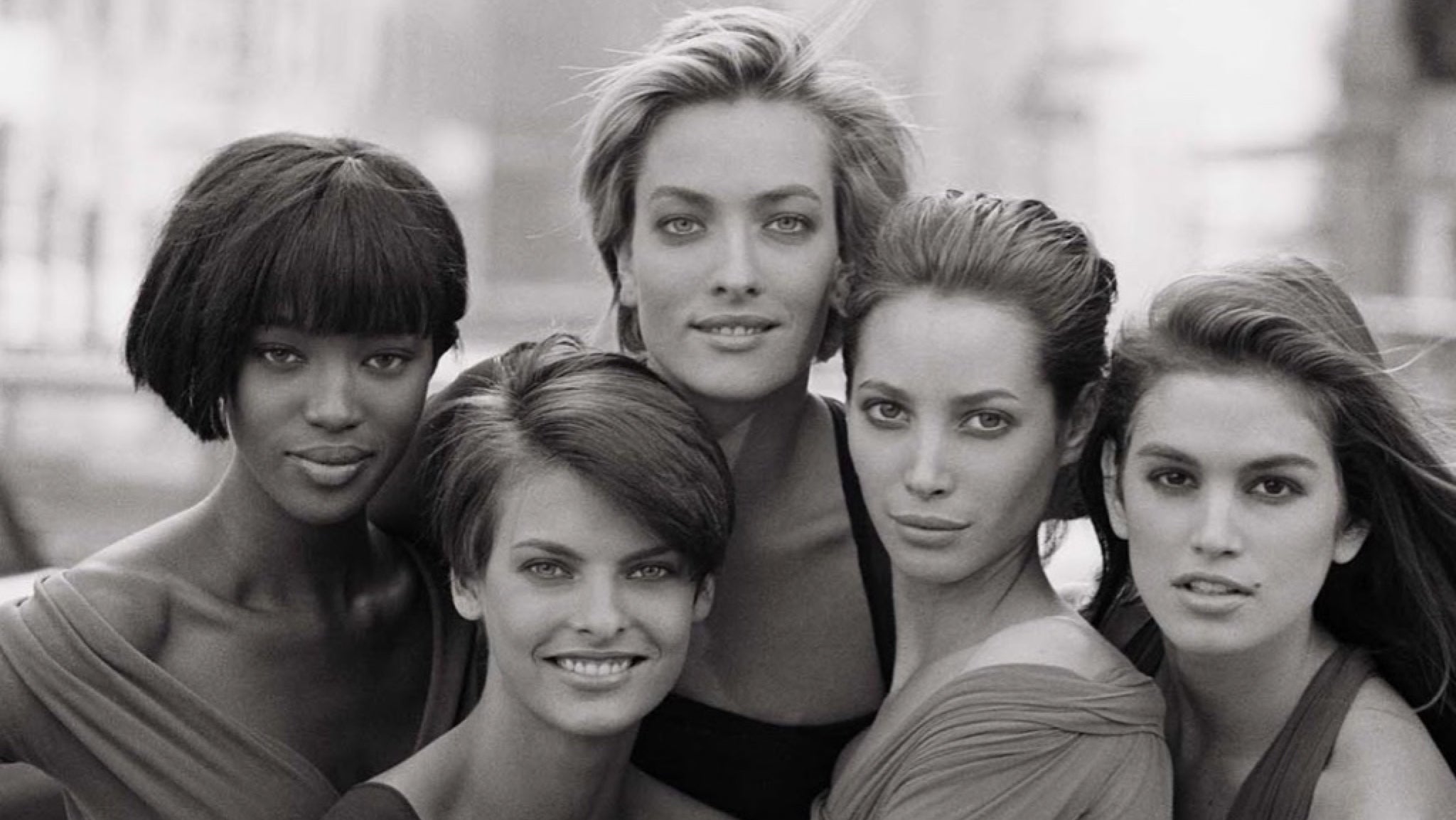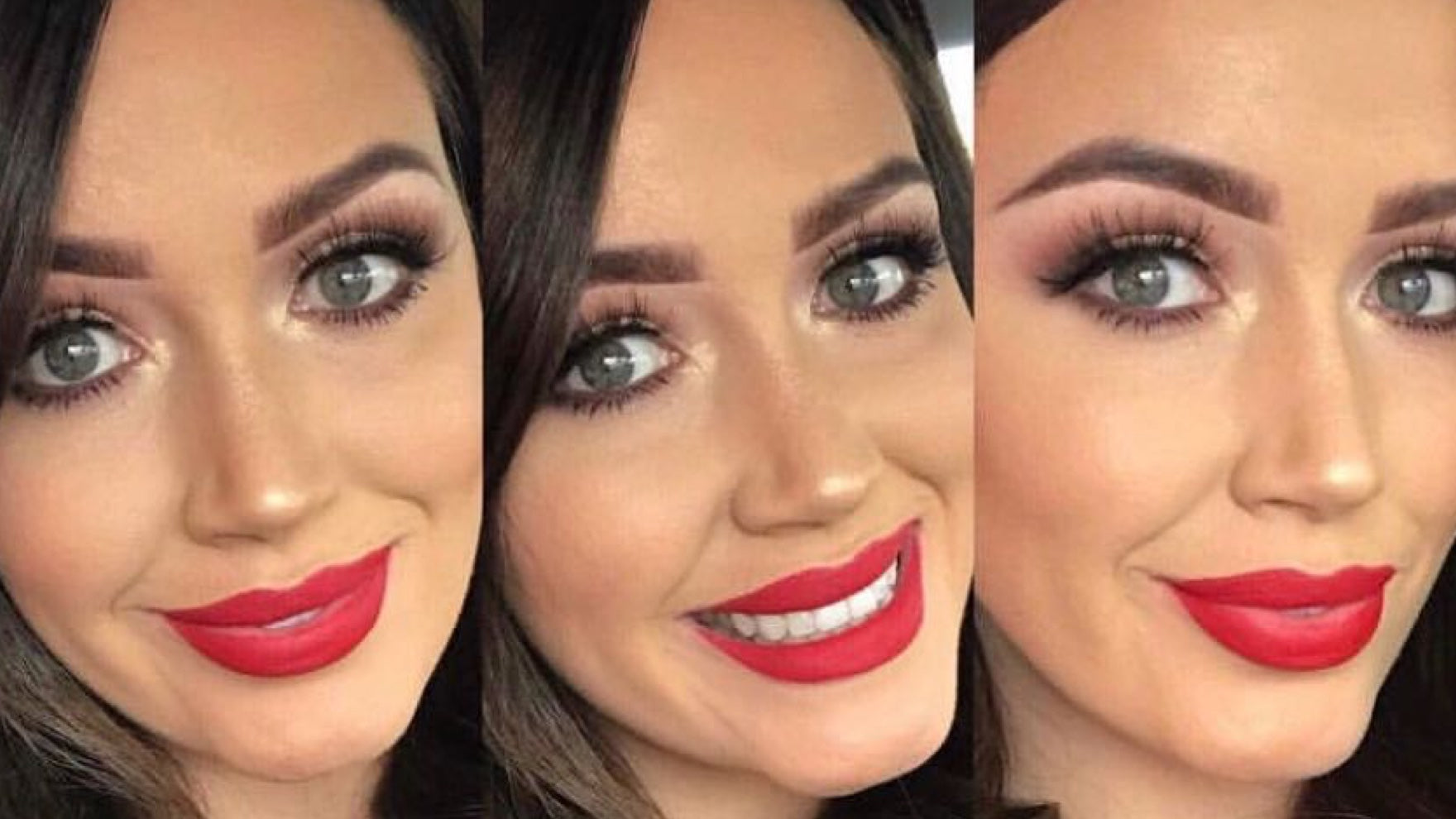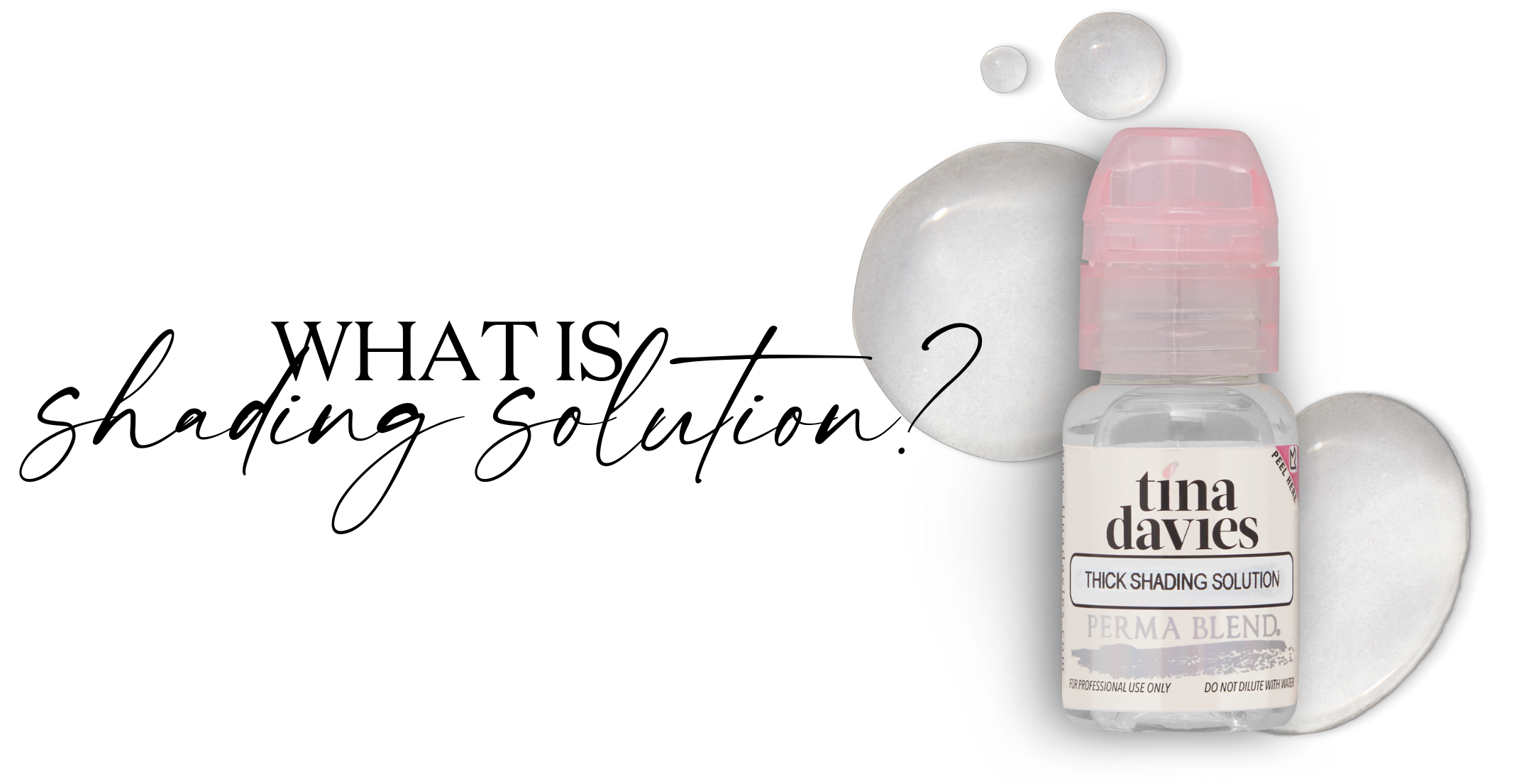
The evolution of PMU
When permanent makeup first surfaced in the 90’s, it developed out of necessity. People who were victims of the 90’s thin eyebrow trend were desperate for a solution. So much so, that they were willing to have a flat, tattooed stamp-like eyebrow, just to give them some kind of frame to their face. The results were laughable, leaving most women choosing to draw thin little lines on their brows instead of getting stamp-like brows tattooed on their face forever.

1990’s Pam Anderson’s signature thin brow look

Gwen Stefani’s razor-thin brows of the 90’s
As time passed, PMU slowly started to make a comeback, equipment began to improve, and the demand for PMU slowly began to grow. Artists were mainly doing procedures like solid brows, lip pigmentation, and eyeliner. Thank goodness the thin brow trend fizzled away and normal, fuller brows reappear on the scene and women started to ditch their tweezer addiction little by little.

The supermodels of the 1990’s always had “the perfect brows”. Photo credit Peter Lindberg
Then came microblading in 2014, and our impression of the old, outdated tattooed eyebrow look changed forever.
So what set microblading apart? Microblading is a technique of cosmetic tattooing performed specifically on the eyebrows. Like earlier methods of cosmetic tattooing, it is done by manually depositing pigment into the second layer of the skin (dermis). But what makes it truly unique is the hand tool used. The unique formation of needles allows the artist to create the look of real eyebrow hairs by tattooing very fine hair-like strokes in the skin.
“Microbladed” brows were suddenly the “must-have” beauty treatment coveted by celebrities and beauty bloggers around the world.
Backed by social media, Microblading exploded onto the internet and short, 2-day training to the masses was being touted and the perfect beauty career choice and the answer to every woman’s eyebrow problems.
With the invention of new tools like the Tina Davies Microblades, innovation in the industry was finally happening after limited choices of cheap, cumbersome tools. Artists started using disposable, one-time sterilized tools, and the industry began to flourish.
But Microblading’s party wasn’t going to last forever as artists quickly learned that it wasn’t suited for all skin types nor was it a skill that could be acquired in 2 days. Even as natural as microblading looked, many clients still wanted more definition and that paved the way for the resurgence of something BEYOND microblading: enter “combo” brows. This technique combines the look of natural, loose hair strokes around the edges, but the depth and impact of shading throughout the middle of the eyebrow. Combo brows added more definition to microblading, giving it that “boost”. The procedure is done with a manual shading tool like The 19 Shader.
Now that clients were ready for more and bolder eyebrows were still the must-have staple for each woman’s face, artists started to give the solid powdered brow another go. Quickly, the ombre style, which is similar to the way a natural eyebrow is bold at the tail end and gets more transparent toward the front of the brows, graced endless feeds on Instagram and went head-to-head against the popularity of Microblading. Mass training ensued and artists scrambled to adopt these skills as competition increased, raising the bar and artist’s portfolio even further.

Photo by Shay Danielle PMU @shaydanielle.pmu
What an exciting time it is in PMU to see the old become new again and the blending of techniques! This evolution and resurgence of different looks and techniques are exactly what improves the industry and pushed boundaries of creativity and artwork.
Whether it be Microblading, Combo, or Ombre Brow, to have longevity in the industry, artists must hone their skill and adapt to the needs of the customer and the industry. This comes through extensive and thorough research of various techniques, tools, pigments and implementation/experimentation on the skin. Remember, the bar continues to be raised every day and if you don’t adapt and hone your skill, your competition will. Your thirst for knowledge and constant improvement will give you the experience and expertise to become a well-rounded artist, capable of any challenge and ready to offer a variety of services that will delight your customers for years to come. After all, at the end of the day, it’s all about the customer!
Let your art flow




Leave a comment
This site is protected by hCaptcha and the hCaptcha Privacy Policy and Terms of Service apply.